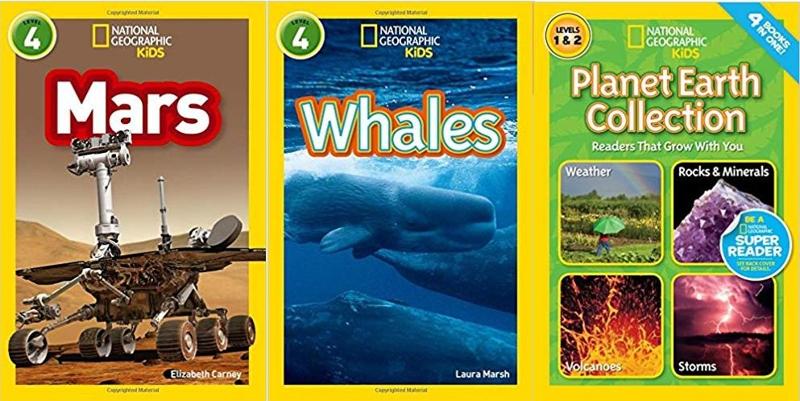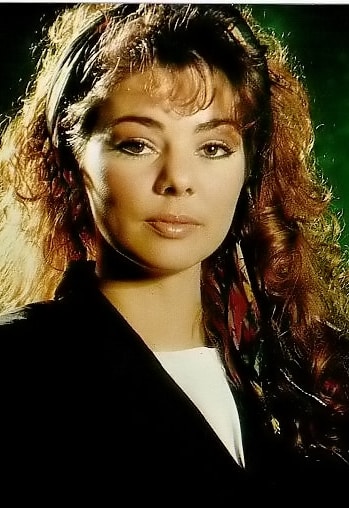

For this reason, many parents want to learn how to do various crafts and DIY projects that will keep their kids entertained. Many users are looking for great kids’ channels so that they find activities that they can do with their children. If you choose to buy YouTube likes from Stormviews for your vlogs, then you will gather a large audience. Kids’ channels such as Like Nastya shows you how you can adopt vlogging for your niche.

Furthermore, vlogging has now extended so much that any creator from any niche regularly posts this type of content. Vlogging has always been immensely successful on YouTube, especially in lifestyle channels. Keep in mind that this sub-niche is rather competitive and you will need to get cheap YouTube likes from Stormviews to get a competitive advantage over the other channels. The most prominent example of this is the channel Ryan’s Toys, which is one of the largest channels on the platform. Nevertheless, the YouTube channels that have dared to post toys’ unboxing have proven that you can easily thrive in this niche. Unboxing is a type of video that is mostly associated with technology channels and gadgets. In this article, you are going to discover video ideas for your new kids’ channel. When you do that, you can visit Stormviews to purchase cheap YouTube likes and increase the engagement of your videos. If you are interested in creating a kids’ channel on the platform, you must first determine your sub-niche. Those that get YouTube likes have managed to stand out and even become some of the most-subscribed channels on the platform. This way, they have all formed large communities, without having to compete with each other.

These channels deal with a broad niche that includes plenty of sub-niches that are vastly different from one another. One of the largest niches that get an extremely large number of views every day is the kids’ channels. This means that any given niche can find a large audience. Georgina Atwell is the founder of the book review community Toppsta, a judge for the 2019 British Book Awards and a mum of two.YouTube has almost 2 billion of active users every month. For KS1 just asking a child to finish the sentence “I love this book because…” can be enough but taking a few minutes after finishing a book to reflect back can be a fun and valuable activity for all ages. If they can pick out the aspects they did (or didn’t) engage with, it helps to narrow down which book they might want to read next (or, conversely, if they have enjoyed one ‘type’ of book, whether it might be an opportunity to read a different type and branch out a little!).īook reviews don’t need to be a labour of love. We encourage children to think about the genre, whether the book has illustrations, whether it’s set in modern times or in a different time. If the child is encouraged to step back from the story and assess the book in more general terms, it can help them understand which ‘types’ of books they enjoy.

It’s also the reason why I enjoy reading books aloud to my children (aged 6 and 10): if we’re reading together, they can just relax and enjoy the story and I can choose books that are a little more challenging that what they might read on their own, and I can stop and explain any words I think they might not understand. They instinctively understand that it’s better to use a variety of words and phrases, so they’ll actively try and think of new descriptive words. As they think back, they often gain a different perspective and pick up on things that they missed when they were reading it initially.Īs with all original writing, writing a review can be a great way to help children develop their vocabulary. The opportunity to reflect on the book can help the child connect events and themes and develop a deeper understanding of the story. So then they start thinking about what they liked and didn’t like about the book and this can also open up an interesting conversation on the subjectivity and creativity of writing, very apt in these days of ‘fake news’. We find that younger readers are desperate to tell you the story but as children mature, they understand that this might spoil it for other readers. Not only is this interesting in itself but it gives me a real indication of whether a book is at the right reading level for them or not.īy asking a child to describe their response to the book, they have to think about what they will include in the review, and what they will leave out. When my children write a review, I can see if they have just understood the basic narrative or if they have picked up on themes and issues, which are less explicit. A review can show you how deeply the child has engaged with the various levels of meaning within the story.


 0 kommentar(er)
0 kommentar(er)
